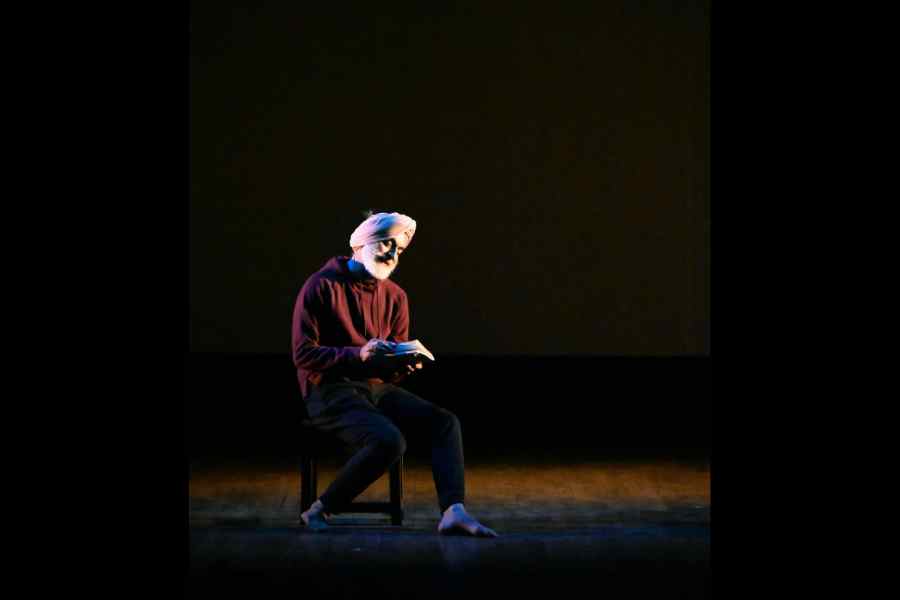Neuroscientists in India have generated through a specialised brain imaging study what they say is “confirmatory evidence” linking imbalances in two chemicals in the brain to Alzheimer’s disease, earlier observed mainly through post-mortem studies.
The scientists at the National Brain Research Centre, Manesar (Haryana), said their study provides fresh insights into possible mechanisms underlying this neurodegenerative disorder and point to potentially novel treatment strategies to arrest its progression.
They have found that patients with Alzheimer’s disease have lower levels of a chemical called glutathione and increased levels of iron in the hippocampus, a brain region affected by the disorder, compared with elderly people without Alzheimer’s disease.
Glutathione is what scientists call an “anti-oxidant”, a molecule that protects biological tissues from a destructive process called oxidation stress. Depleted glutathione implies a reduced capacity to combat oxidation stress while excess iron tends to increase oxidative stress.
The findings support earlier evidence largely gathered through post-mortem studies that oxidation stress is an early component of the cascade of events that lead to Alzheimer’s disease, a condition marked by the loss of memory and cognitive capacities.
“Our results from scans on living people provide confirmatory evidence for something observed until now only through post-mortem human studies,” said Pravat Mandal, a scientist at the NBRC’s neuroimaging lab, who led the study.
Mandal and his collaborators from the NBRC, the All India Institute of Medical Sciences, New Delhi, and institutions in Australia and the US used an imaging technique called magnetic resonance spectroscopy to measure glutathione and specialised magnetic resonance imaging for iron levels in the hippocampus.
Their findings have just been published in the journal Brain Communication.
The volunteers in the study included 23 elderly people with no cognitive impairment, 16 people with mild cognitive impairment, and 31 patients with moderate to advanced Alzheimer’s disease. The study is the first to simultaneously establish low glutathione alongside excess iron in the hippocampus.
Multiple studies over the past two decades have indicated that high intake of vitamin C and vitamin E from food or other anti-oxidants are associated with a lower risk of Alzheimer’s disease.
However, Mandal said, much of the therapeutic efforts have focussed on plaque, or clumps of amyloid beta peptide observed in the brains of Alzheimer’s disease patients. “The emerging evidence suggests that the plaque is a downstream event in the disorder, preceded by oxidative stress,” he said.
A study, for instance, by Alzheimer’s disease researcher Charles Ramassamy at a research institute in Quebec, Canada, last year had shown that an oxidation-antioxidant imbalance in blood is an early indicator of Alzheimer’s disease.
Ramassamy and fellow researchers showed that oxidative markers known to be involved in Alzheimer’s disease increase up to five years before the onset of the disorder. Their findings bolster arguments for strategies to increase the body’s anti-oxidant defences through either drugs or nutrition.
“The available evidence suggests that we need to enrich the brain with anti-oxidants in the early stages of the disorder,” said Mandal, who is collaborating with neurologist Manjari Tripathi at the AIIMS, New Delhi, on a clinical trial to deliver anti-oxidants to early-stage patients.










